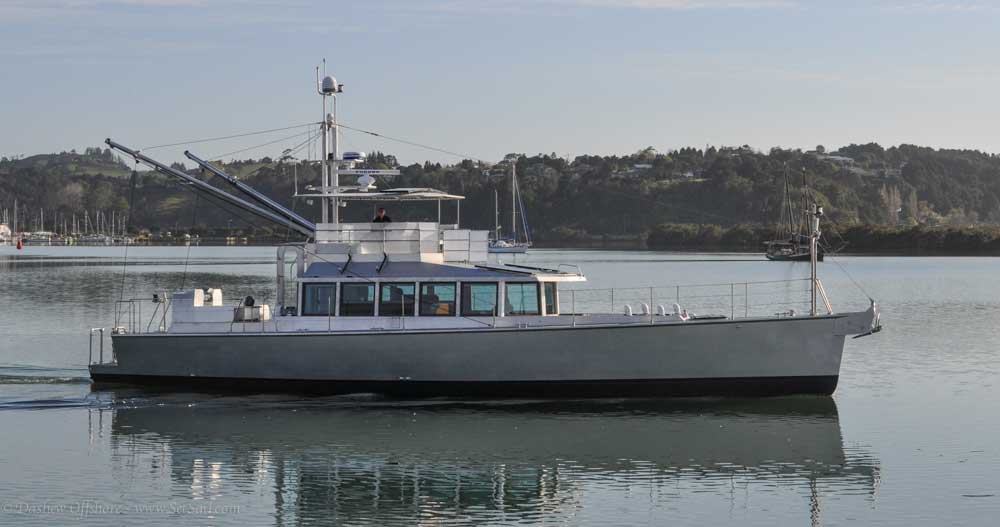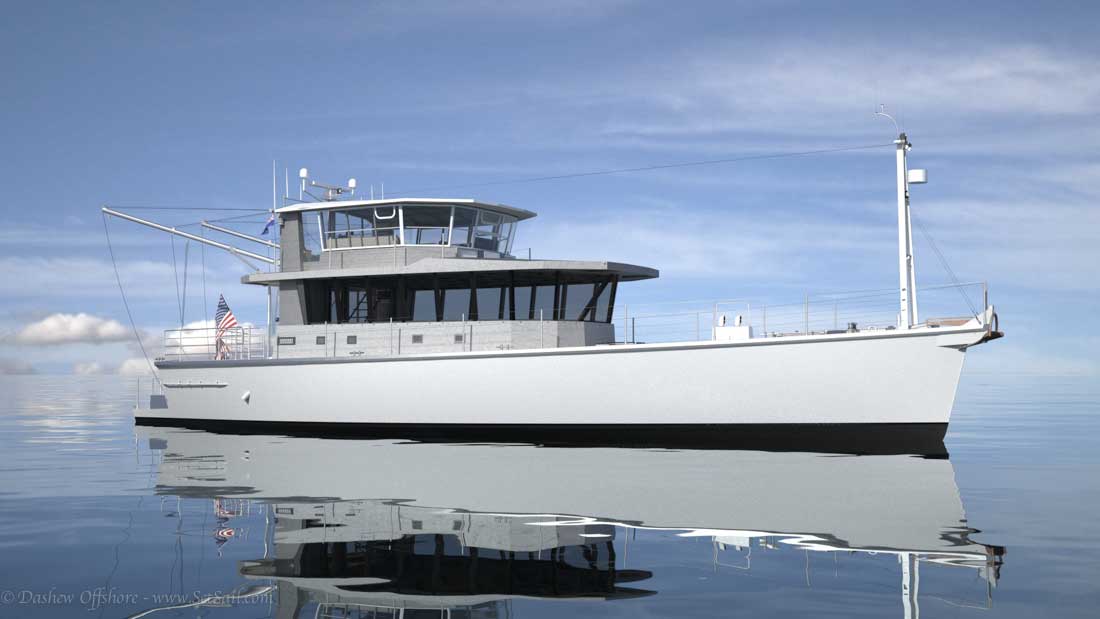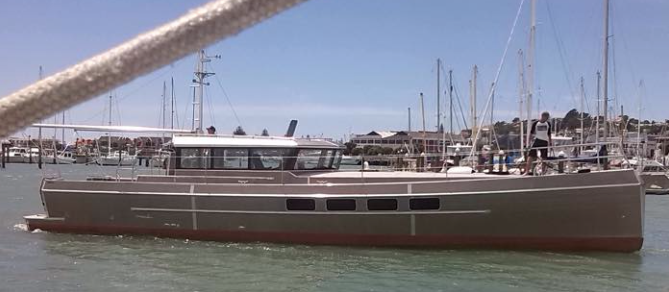WXX3 That "more bigger boats succumb " if true is a difficult statistic to wrap my mind around and get a meaningful conclusion. Maybe bigger boats stay out in bad weather and take bigger risks while the smaller boats seek shelter earlier. On another note I would also like to point out that the size of waves is not nessaseraly the major determinant for how badly a boat will get tossed around. I have been in four and six foot seas that were confused and really washing machine in nature and very dangerous.
Fishing boats are not an accurate presentation of what is considered safe boat design. (at least not in the US where boat design is UN regulated) Here the fishing boats are routinely designed by a marine architect, made to conform to a particular fishery. Then, as the fishery goes bust, the owner takes it to a shipyard and has modifications done to change fisheries. These often make fishing boats come of of a rebuild looking NOTHING like they originally were. What started out as a stern trawler, may end up as a side scalloper, then be changed to a suction dredge clammer. Many, Many instances of missing, capsized and roll overs evidenced on East and West Coast fisheries. Think of all the converted alaskan fisheries vessels you see on the TV shows. They have all been modified. Most with just Gus and Frank and a torch and an idea!
Regarding the use of stabilizers. They only work when at speed. At slow speeds (when hove to, or stopped) stabilizers are useless. I cannot imagine any vessel with stabilizers getting any benefit in seas that would preclude being hove too, or stopped. Hanging on a drogue would seem to be the best alternative. BUT, People keep mentioning how a comfortable roll makes the difference. No such idea exists in large seas.
Once a decision is made to 'alter course' because of impaired seakeeping ability, you have altered the wheres' and whys' of boat operation. This becomes less about difference in GM and more about slowing down/altering course for the vessels safety. When heaving to, or making minimum headway to ease the ride, NO one puts their boat beam too. What has been discussed is the pitching head into, or fairwind. The video that started the discussion was most definitely not about beam seas. But the conversation morphing into the expensive boat and how well it rides is not germane. Those little boats with vertical windows stand -0- chance in any seas where the bow will be dipping, taking green water over the stem. And with no shear, that will happen after about 6' or so. The size of the wave and the hull shape on the bow and speed is what will make a boat ride comfortably in a heavy sea. If you can operate running a specific course, with no regard to sea direction then you are in a capable vessel (in that sea condition) The larger the seas, the smaller the boat (also the worse the hull shape) the lower the ability to make way.
Sort of makes the need for accurate weather predictions even more important. How the heck did 'we' do this before satellite weather, and 36, 24 and 12 hour prognosis?
There's two kinds of heavy weather boat operation. The kinds of boats that can GO out and deal with whatever comes. The second are those kinds of boats that have to keep a weather eye out, and plan around weather. The staying put 'till the storm passes kind of boat!
I am not sure the current discussion is about the second type of boat. The OP asked about the type of seas that a 'capable' vessel can operate in, in the context of small boat seamanship. Using pictures of 300', or 400' navy vessels isn't really comparable. (IN all truth they are so narrow they don't ride so well anyway!) That seems to be the 'apples and oranges' referred to about 6 replies back.





